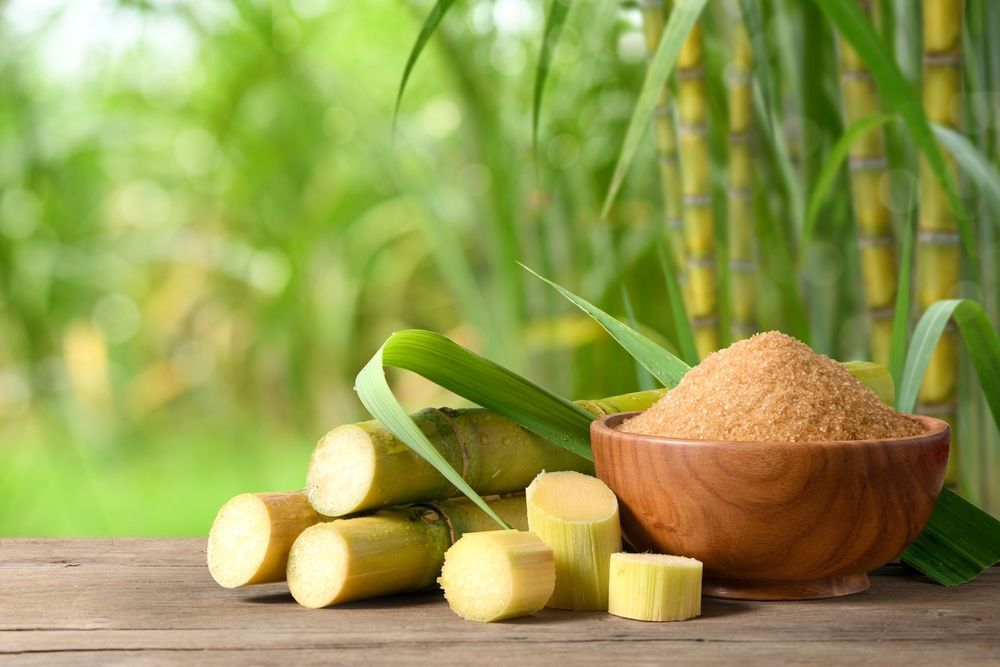The difference between beet sugar vs cane sugar extends beyond taste to how they are harvested.
The difference between beet sugar vs cane sugar extends beyond taste to how they are harvested.
Blog Article
Discover the Uses and Perks of Beet Sugar Vs Cane Sugar in Your Daily Diet
Discovering the distinct qualities of beet and cane sugar reveals more than just their sweetening abilities; it highlights their unique impacts on health and wellness and cookeries. Beet sugar, known for its refined taste, is often preferred in fragile desserts, whereas cane sugar, with its hint of molasses, includes splendor to durable dishes. Each type holds its own nutritional account and glycemic effects, welcoming a much deeper understanding of their duties in a balanced diet and sustainable consumption practices.
Origin and Production Procedures of Beet and Cane Sugar

The distinct environments and soil kinds needed for expanding sugar beets and sugarcane add to differences in their cultivation practices and geographic distribution, influencing the economics and sustainability of their production. beet sugar vs cane sugar.
Nutritional Contrast In Between Beet Sugar and Cane Sugar
Regardless of stemming from various plants, beet sugar and cane sugar are nutritionally really similar, both mostly consisting of sucrose. Each gives concerning 4 calories per gram, translating to about 16 calories per teaspoon. Structurally, both sugars are composed of around 99.95% sucrose, with marginal quantities of various other substances like dampness and trace minerals, which do not significantly modify their dietary profiles.

Eventually, when choosing in between beet sugar and cane sugar based upon dietary content alone, both deal the same benefits and downsides as they are essentially forms of the same particle-- sucrose, giving quick energy without various other nutrients.
Influence on Wellness: Glycemic Index and Caloric Material
Discovering better right into the results of beet sugar and cane sugar on wellness, it is have a peek at this site crucial to consider their glycemic index and caloric content. The glycemic index (GI) of both beet and cane sugar is around 65, classifying them as high-GI foods, which can trigger fast spikes in blood sugar degrees.
Each sort of sugar includes about 4 calories per gram, making their caloric material equivalent. For those monitoring calorie intake, particularly when managing weight or metabolic health and wellness problems, understanding this equivalence is essential (beet sugar vs cane sugar). Nonetheless, excessive consumption of any high-calorie, high-GI food can add to wellness issues such as obesity, cardiovascular disease, and insulin resistance.
Environmental and Economic Considerations of Sugar Production
Beyond wellness impacts, the production of beet and cane sugar likewise elevates considerable environmental and try here economic concerns. Sugar beet farming has a tendency to call for cooler environments and has a lower geographical impact contrasted to sugar cane, which flourishes in exotic regions.
Furthermore, the usage of chemicals and plant foods in both beet and cane sugar farming can lead to soil degradation and air pollution, further influencing biodiversity and regional water bodies (beet sugar vs cane sugar). The choice between growing sugar beet or cane typically depends upon neighborhood ecological conditions and financial aspects, making the sustainability of sugar manufacturing an intricate problem
Culinary Applications and Taste Differences
While the environmental and economic aspects of sugar production are undoubtedly substantial, the selection between beet and cane sugar likewise influences culinary applications and taste accounts. Beet sugar, obtained from the sugar beet plant, is recognized for its extremely neutral preference. This makes it a flexible active ingredient in cooking, where it does not alter the flavor of various other parts. It liquifies swiftly and is excellent for use in cakes, cookies, and breads.
Walking stick sugar, extracted from sugarcane, often maintains molasses traces, which give a distinctive splendor and depth. The small variant in dampness web content between beet and cane sugar can affect the appearance and consistency of dishes, making cane sugar a favored choice for certain recipes that benefit from its distinct properties.

Conclusion
Finally, both beet and cane sugar have unique beginnings and manufacturing processes, supplying similar site here dietary accounts with minor differences in sodium content and flavor. While their influence on health and wellness, specifically relating to glycemic index and calories, is equivalent, the choice in between them often comes down to environmental, economic aspects, and particular culinary needs. Comprehending these aspects can lead customers in making educated choices that align with their health objectives and taste choices.
Report this page